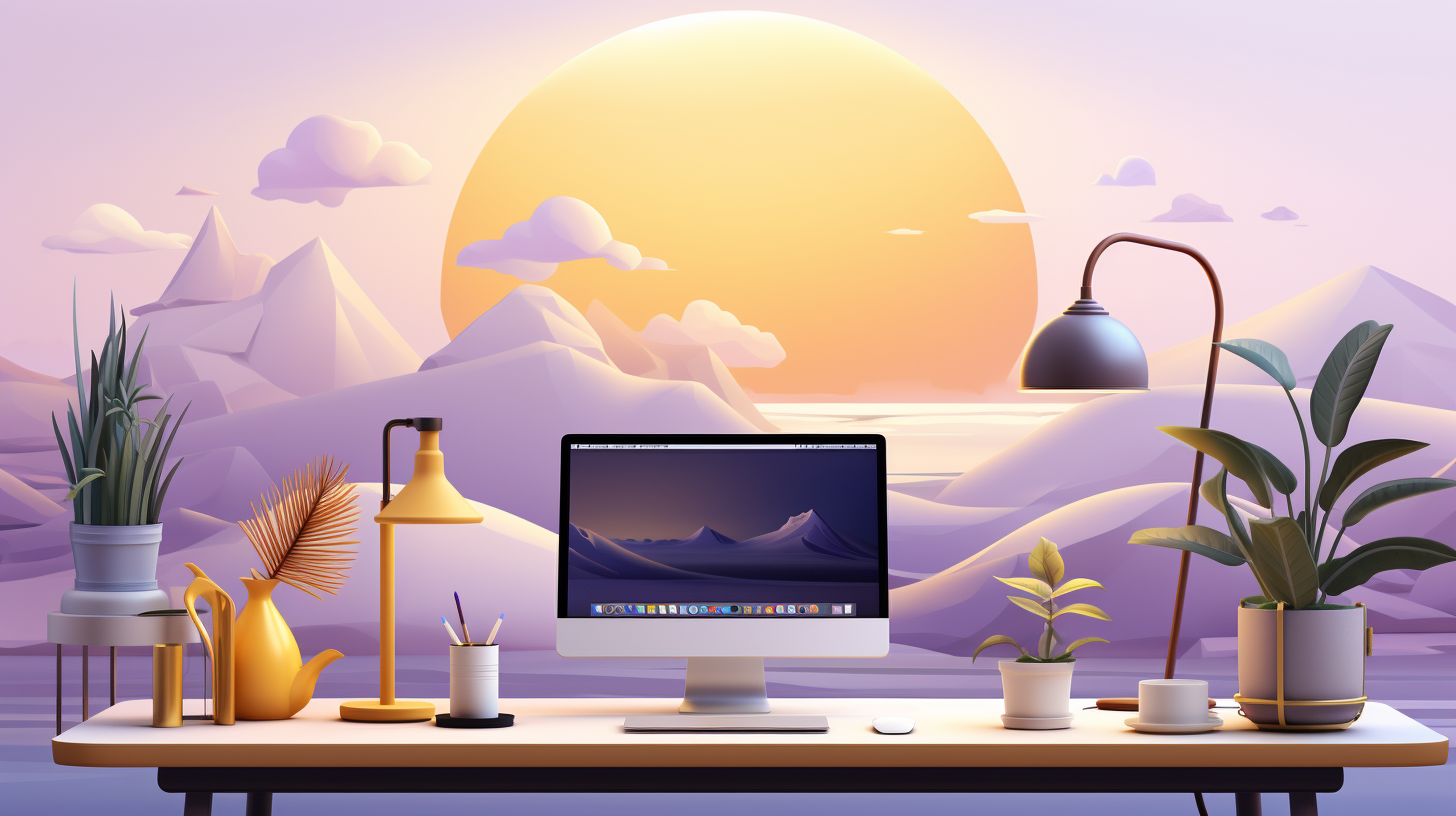Prelude
As a marketing manager or a business owner, you may believe that the allure of a website lies in its flashy graphics, captivating images, and vibrant colour palettes. While these elements undeniably contribute to a website's charm, there's a silent hero that often goes unnoticed yet holds the power to enhance the user experience significantly - the art of typography.
The Underrated Role of Typography in Website Design
Typography, the art and technique of arranging type, is not just a design element. It's a powerful tool that can amplify the aesthetics of your website, boost readability, articulate your brand message, and, ultimately, drive conversions. Let's delve deeper into the world of typography and uncover the secrets of good typography.
1. The Art of Typeface Selection
Choosing the suitable typeface is akin to selecting the proper attire for an occasion. It sets the tone, reflects your brand's personality, and communicates your message effectively. Whether you choose a sophisticated serif, a modern sans-serif, or an elegant script font, ensure it resonates with your brand identity and remains legible across various devices and screen sizes.
Typography is the craft of endowing human language with a durable visual form. - Robert Bringhurst
2. The Science of Font Size and Hierarchy
The size of the font is a crucial determinant of readability. Choose a font size that invites the reader in without straining their eyes. Establish a clear hierarchy using different font sizes for headings, subheadings, and body text. This not only aids in easy navigation but also helps the reader understand the structure of the information.
3. The Balance of Leading and Line Length
Leading, or the vertical spacing between lines of text, is pivotal in readability. Too tight, and the text appears cramped; too loose, and the reading experience becomes disjointed. Striking the right balance ensures a pleasant reading experience for your users.
Similarly, the line length, or the number of characters per line, impacts readability. Long lines can be overwhelming, causing readers to lose their place, while short lines can make the text feel fragmented. Aim for a moderate line length that allows for comfortable reading.
4. The Harmony of Tracking and Kerning
Tracking, the overall spacing between characters in a word or block of text, establishes visual harmony and legibility. Too much tracking can disrupt the flow of the text, while too little can make the characters appear cramped. Finding the right balance ensures legibility while maintaining a visually pleasing design.
Kerning, on the other hand, is the adjustment of spacing between specific pairs of characters. It ensures the spacing between letters is visually balanced, preventing awkward gaps or collisions between letters and contributing to harmonious and professional-looking typography.
5. The Impact of Contrast and Color
The proper contrast between the text and background is crucial for readability. Ensure there's enough contrast to make the text easily distinguishable. Additionally, consider using colour strategically to draw attention to essential elements or create a visual hierarchy within the text.
Typography, the unsung website design hero, wields more power than it's often given credit for. By paying attention to typeface selection, font size, leading, tracking, and colour, you can craft a visually appealing website that enhances readability, communicates your brand message effectively, and ultimately drives conversions.
Remember, good typography isn't just about making your website look visually appealing; it's about creating a seamless and enjoyable experience for your users. So, the next time you embark on a website design project, remember to harness the hidden power of typography.
Typography needs to be audible. Typography needs to be felt. Typography needs to be experienced. - Helmut Schmidt









